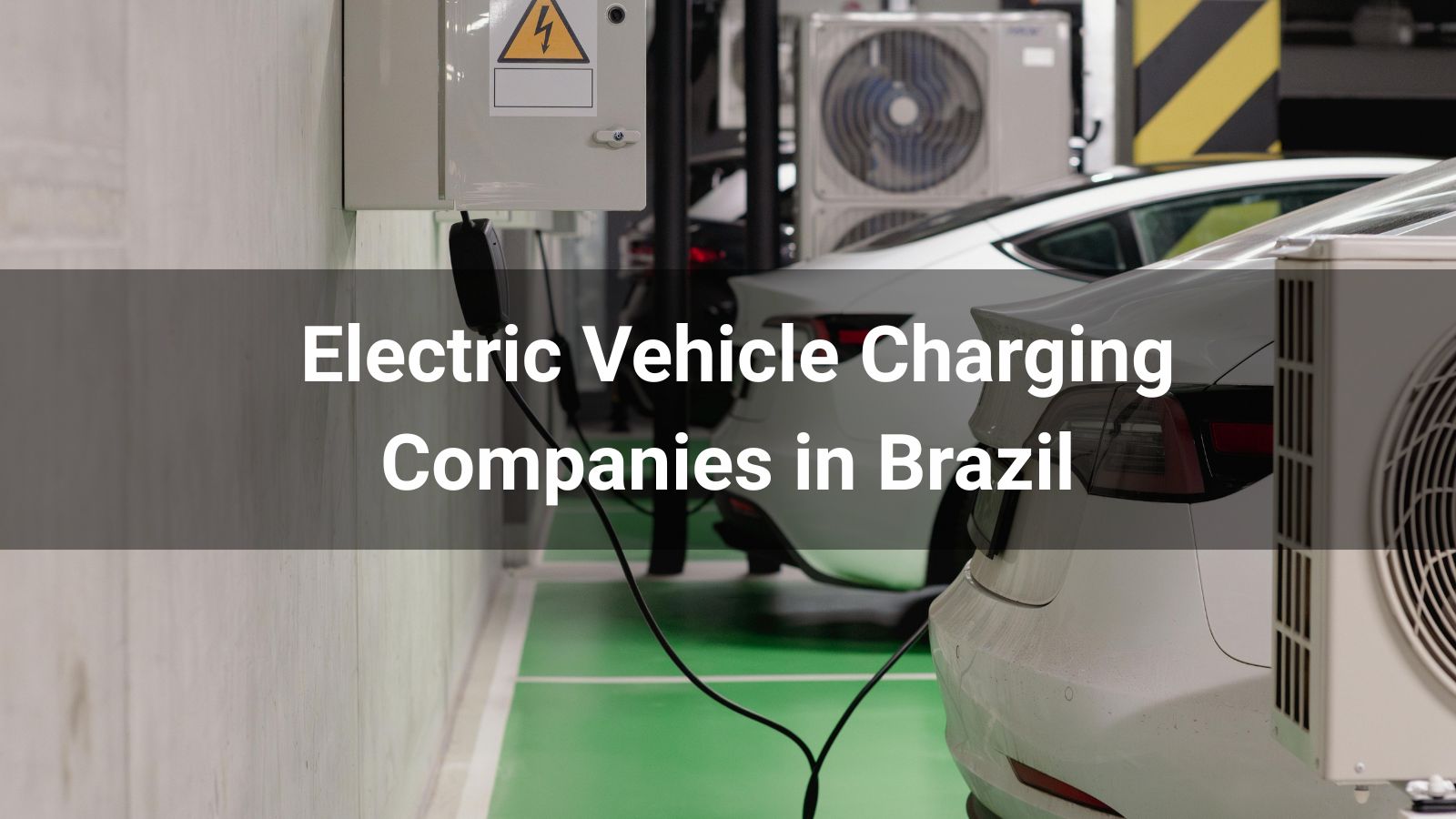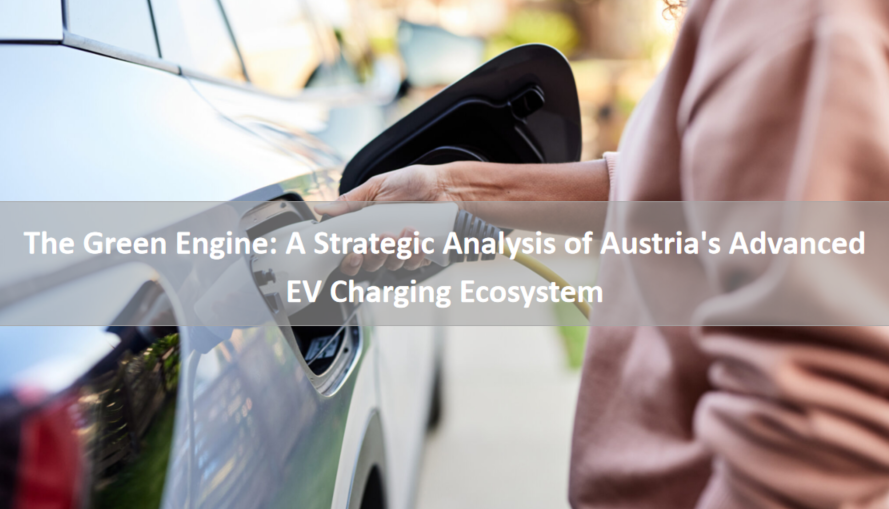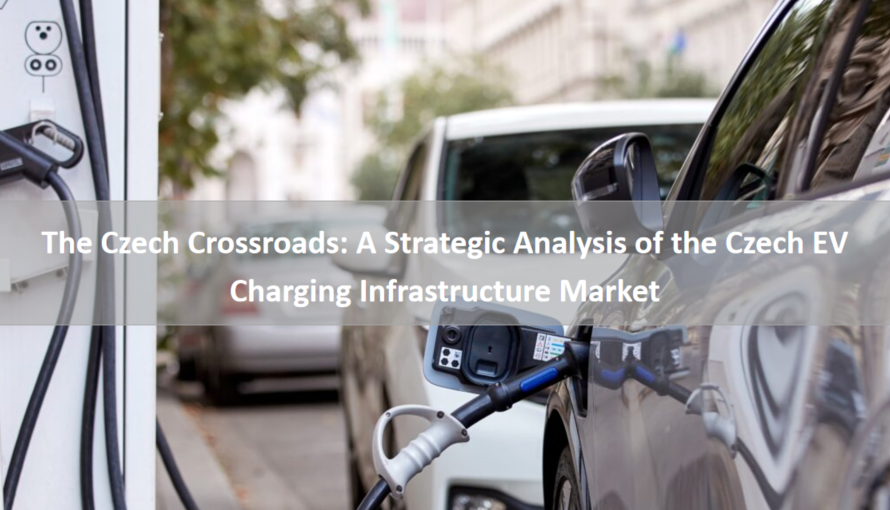
Executive Summary
The Republic of Uzbekistan is poised at the precipice of a transformative energy and transportation revolution. Driven by strong governmental directives, economic diversification strategies, and a growing urban middle class, the electric vehicle (EV) market is experiencing exponential growth. This growth, however, is rapidly outpacing the development of critical charging infrastructure, creating a significant supply gap. This report analyzes the Uzbek EV ecosystem, projecting charging demand and identifying strategic imperatives for infrastructure deployment. Our analysis concludes that the market presents a first-mover advantage for charging station operators, distributors, and energy companies. Success will hinge on a nuanced understanding of regional demand disparities, the specific needs of a burgeoning commercial electric fleet, and the ability to deploy robust, scalable, and intelligent charging solutions. Companies like Anari Energy, with their global expertise and adaptable product portfolios, are uniquely positioned to become cornerstone partners in building Uzbekistan's new energy mobility backbone.
1. Development of the Electric Vehicle Market in Uzbekistan
The Uzbek EV market is not merely growing; it is being systematically engineered by the state. Understanding this top-down impetus is crucial to appreciating the market's velocity and long-term viability.
1.1 Governmental Catalysts and Policy Framework
The primary accelerator has been the Presidential Decree "On Accelerated Measures for the Development of Charging Infrastructure and Electric Transport in the Republic of Uzbekistan" (2023-2024). This is not a vague statement of intent but a concrete action plan with measurable KPIs. Key initiatives include:
· Customs Duty Exemption: The removal of import duties on EVs and charging equipment until 2030 has immediately made EVs price-competitive with internal combustion engine (ICE) vehicles.
· Direct Procurement and Incentives: The state is actively procuring electric buses for municipal transport and offering subsidies to private entities for the acquisition of electric trucks and logistics vehicles. This creates a guaranteed baseline demand.
· Local Production Ambitions: The establishment of a joint venture with BYD to locally assemble EVs is a strategic masterstroke. It aims to reduce costs further, create a domestic supply chain, and insulate the market from global supply chain disruptions. This move signals a multi-decade commitment to electrification.
1.2 Market Dynamics and Consumer Shift
The policy framework has triggered a dramatic market response. EV sales have surged from a negligible base to thousands of units annually in a very short span. The market is currently dominated by Chinese brands like BYD and Chery, which offer models suited to the regional price sensitivity and feature expectations. However, a critical insight is the evolving consumer profile. Beyond early adopters, the market is now attracting cost-conscious commercial fleet operators. For taxi services, last-mile delivery companies, and corporate fleets, the Total Cost of Ownership (TCO) calculation for EVs is becoming increasingly favorable due to Uzbekistan's low electricity tariffs compared to volatile gasoline prices.
1.3 The Commercial Fleet: The Vanguard of Adoption
A profound insight often missed in surface-level analysis is that the commercial sector, not the private passenger segment, will be the primary driver of charging demand in the medium term. The operational patterns of fleets—predictable routes, centralized depots, and high daily mileage—make the economic case for electrification compelling. The government's focus on electrifying public transport (buses) and encouraging electric logistics creates a concentrated, high-utilization demand source that is more attractive for infrastructure investors than scattered private users.
2. Insights into the Electric Vehicle Charging Demand in Uzbekistan
Demand for charging is not monolithic. A sophisticated segmentation reveals distinct needs that require tailored solutions.
2.1 Segmentation of Charging Demand
We can segment the demand into three primary categories, each with unique requirements:
· Public Charging Anxiety: This is the current bottleneck. The limited number of public DC fast chargers along inter-city routes creates "range anxiety," which in turn inhibits further EV adoption. The demand here is for high-power, ultra-reliable chargers that can deliver a significant charge in 15-30 minutes. This is crucial for enabling long-distance travel and building consumer confidence.
· Commercial Fleet Operational Necessity: For electric buses, logistics fleets, and heavy trucks, charging is not a matter of convenience but of operational integrity. Their demand is for scheduled, high-throughput charging, often overnight at depots. This requires robust AC charging systems or controlled DC charging that can simultaneously manage an entire fleet without overloading the local grid. Reliability and remote management software are as important as charging speed.
· Destination and Opportunity Charging: This demand arises at shopping malls, hotels, corporate offices, and public parking lots. Here, the goal is not to fill the battery quickly but to "top up" while the user is engaged in another activity. This segment demands Level 2 AC chargers that are cost-effective, user-friendly, and can serve as a value-added amenity for businesses.
2.2 The Critical Role of Software and Grid Management
A profound insight for potential operators and energy companies is that the hardware is only half the solution. The real competitive edge will lie in the intelligent management of energy assets. As the density of chargers increases, especially in fleet depots, the strain on Uzbekistan's power grid could become a limiting factor. Charging solutions that incorporate Smart Charging and Vehicle-to-Grid (V2G) capabilities will be paramount. These systems can dynamically adjust charging schedules based on grid load, optimize for off-peak electricity rates, and even provide grid stabilization services. This turns a charging station from a simple energy sink into a valuable grid asset.
For a company like Anari Energy, this aligns perfectly with our product philosophy. Our Aura-Grid Intelligent Management System allows fleet operators to schedule charging for an entire depot, prioritize vehicles based on next-day routes, and minimize demand charges, thereby protecting their operational budget and supporting the national grid's stability.
3. Distribution Characteristics of Charging Stations in the Uzbekistan Region
The geography of charging infrastructure in Uzbekistan is a direct reflection of its economic and demographic patterns, yet it also reveals significant strategic gaps.
3.1 The Tashkent-Centric Core
Unsurprisingly, the capital city Tashkent is the epicenter of initial infrastructure deployment. Over 80% of the existing and planned charging stations are located within the city and its immediate outskirts. This follows the concentration of vehicle registrations, wealth, and government activity. The initial focus in Tashkent is on public fast chargers along major ring roads and avenues.
3.2 The Silk Road Corridor: A Strategic Arterial Network
The second layer of distribution is emerging along the historical Silk Road corridors, now modern highways connecting key economic hubs: Tashkent–Samarkand–Bukhara–Navoi and Tashkent–Fergana Valley. These routes are critical for inter-city commerce and tourism. The current infrastructure here is sparse, creating a prime opportunity for strategic investment. Deploying high-power charging hubs at 150-200 km intervals along these highways is essential to "unlock" the rest of the country for EV travel.
3.3 The Underserved Periphery and Urban-Rural Divide
A significant gap exists in secondary cities like Nukus, Urgench, and smaller regional centers. The lack of any charging infrastructure in these areas severely limits the national EV rollout and creates a clear urban-rural divide. This presents a medium-term opportunity for local governments and distributors to establish a first-mover advantage in these nascent markets with more standardized AC chargers.
3.4 The Fleet Depot as an Invisible Network
A crucial, often "invisible" distribution network is forming within the private premises of fleet operators. The depots for electric buses, logistics companies, and potential mining/heavy trucking enterprises represent a dense, high-utilization network of charging points. This B2B segment is less visible to the public but represents a more stable and predictable revenue stream for charging equipment providers and installers.
4. Charging Station Layout Plan for the Uzbekistan Region over the Next 10 Years
Building a future-proof charging network requires a phased, multi-layered strategy. We propose a three-phase "Hub-and-Spoke" model.
Phase 1: Foundation and Corridor Development (2024-2026)
· Objective: Eliminate range anxiety and build public confidence.
· Actions:
High-Power Charging Hubs: Establish DC fast charging hubs (120-180kW+) at key locations on the outskirts of Tashkent, Samarkand, and Bukhara, and at mid-point rest stops on connecting highways. These hubs should feature 4-6 charging stalls to handle simultaneous demand.
Urban DC Infill: Deploy 60-120kW DC fast chargers at high-traffic locations within Tashkent (shopping centers, business districts).
Fleet Depot Activation: Aggressively target pilot projects with municipal bus operators and large logistics firms to install depot charging systems. Anari Energy's Titan Series of DC fast chargers, for instance, is engineered for high-ambient temperature operation and offers modular power from 120kW to 360kW, making it ideal for both public hubs and demanding fleet applications.
Phase 2: Network Densification and Segment Growth (2027-2030)
· Objective: Increase convenience and support the expanding commercial EV segment.
· Actions:
Destination Charging Proliferation: Incentivize and partner with private businesses (hotels, restaurants, supermarkets) to install large networks of AC destination chargers.
Secondary City Rollout: Extend the highway network and begin deploying public charging stations in secondary cities.
Introduction of Megawatt-Level Charging: Pilot MCS (Megawatt Charging System) stations at key logistics hubs and along major trucking routes to prepare for the electrification of long-haul heavy trucks.
Phase 3: System Integration and Optimization (2031-2034)
· Objective: Create a fully integrated, intelligent, and resilient energy and mobility network.
· Actions:
Widespread Smart Charging & V2G: Integrate the majority of charging stations, especially depot-based ones, into a virtual power plant (VPP) framework to provide grid services.
Renewable Integration: Co-locate large-scale charging hubs with solar PV installations to reduce grid dependency and offer "green charging" tariffs.
Full National Coverage: Ensure that 95% of the population lives within a 50km radius of a public fast-charging station.
5. Conclusion Summary
The Uzbekistan charging station market represents a rare high-growth, high-potential frontier in the global new energy landscape. The convergence of unwavering government support, rapid consumer and commercial adoption, and a clear infrastructure deficit creates a powerful investment and business opportunity.
The key takeaways for stakeholders are:
· For Installers & Distributors: The market requires a dual-track approach: supplying high-power DC hardware for public corridors and robust, software-managed AC/DC solutions for the burgeoning fleet depot segment. Technical support and supply chain reliability will be key differentiators.
· For Fleet Operators (Bus, Logistics, Trucking): The time for pilot programs is now. Early adoption allows for optimized TCO and positions companies as sustainability leaders. Partnering with charging providers that offer intelligent energy management software is critical for cost control.
· For Energy Companies (Power, Oil & Gas): This is a strategic pivot point. Oil companies can repurpose fuel stations into high-energy charging hubs. Power companies must engage as active partners, developing tailored tariffs and investing in grid reinforcement at key substations to support this new load.
· For Technology Providers like Anari Energy: The Uzbek market demands more than just hardware; it requires integrated solutions. Success will belong to those who provide reliable, durable products suited to the local climate, backed by intelligent software that solves the real-world problems of grid capacity and fleet operational efficiency. By delivering profound insights and robust solutions, we aim to be the architect of Uzbekistan's electric mobility future, turning current challenges into a connected, efficient, and sustainable network.








